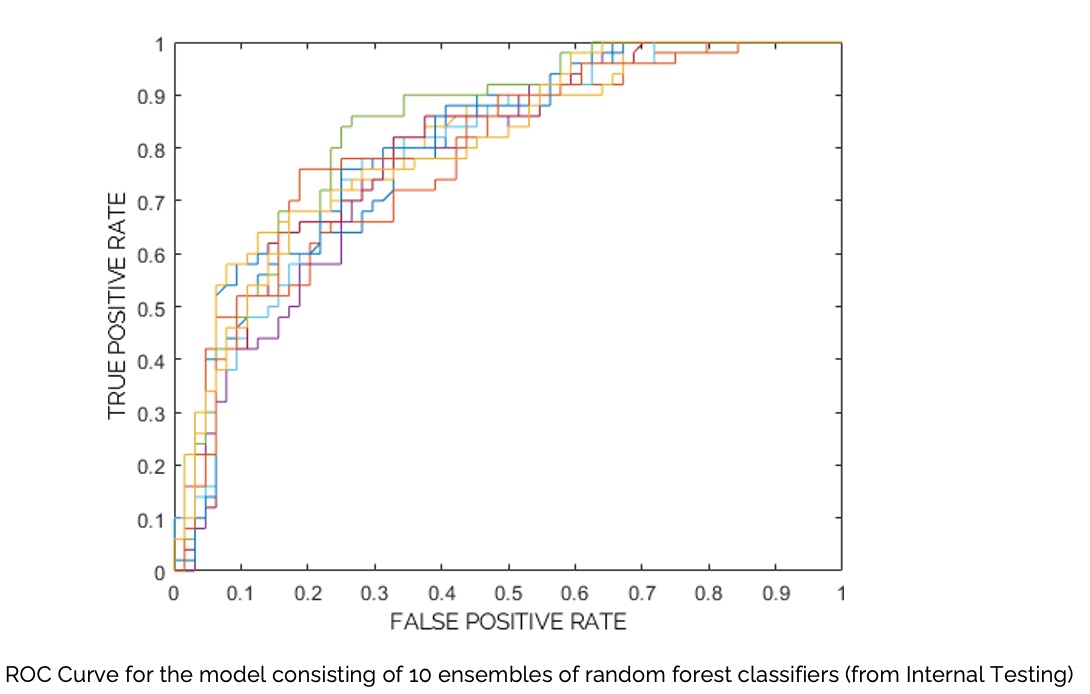

AFFILIAZIONE
università degli studi di milano
AUTORE PRINCIPALE
Dr. Gitto Salvatore
VALUTA IL CHALLENGE[ratingwidget]
GRUPPO DI LAVORO
Dr. Gitto Salvatore – università degli studi di milano, milano
Dr. Interlenghi Matteo – deeptrace technologies, milano
Prof. Salvatore Christian – istituto universitario di studi superiori, pavia
Dr. Albano Domenico – irccs ospedale galeazzi sant’ambrogio, milano
Prof. Messina Carmelo – università degli studi di milano, milano
Prof. Castiglioni Isabella – università degli studi di milano-bicocca, milano
Prof. Sconfienza Luca Maria – università degli studi di milano, milano
AREA TEMATICA
Applicazioni di intelligenza artificiale in sanità
ABSTRACT
Purpose. To determine diagnostic performance of MRI radiomics-based machine learning for classification of deep-seated lipoma and atypical lipomatous tumor (ALT) of the extremities.
Material and Methods. This retrospective study was performed at three tertiary sarcoma centers and included 150 patients with surgically treated and histology-proven lesions. The training-validation cohort consisted of 114 patients from centers 1 and 2 (n=64 lipoma, n=50 ALT). The external test cohort consisted of 36 patients from center 3 (n=24 lipoma, n=12 ALT). 3D segmentation was manually performed on T1- and T2-weighted MRI. After extraction and selection of radiomic features, three machine learning classifiers were trained and validated using nested 5-fold cross-validation. The best-performing classifier according to previous analysis was evaluated and compared to an experienced musculoskeletal radiologist in the external test cohort.
Results. Eight features passed feature selection and were incorporated into the machine learning models. After training and validation (74% ROC-AUC), the best-performing classifier (Random Forest) showed 92% sensitivity and 33% specificity in the external test cohort with no statistical difference compared to the radiologist (p = 0.474).
Conclusion. MRI radiomics-based machine learning may classify deep-seated lipoma and ALT of the extremities with high sensitivity and negative predictive value, thus potentially serving as a non-invasive screening tool to reduce unnecessary referral to tertiary tumor centers.


